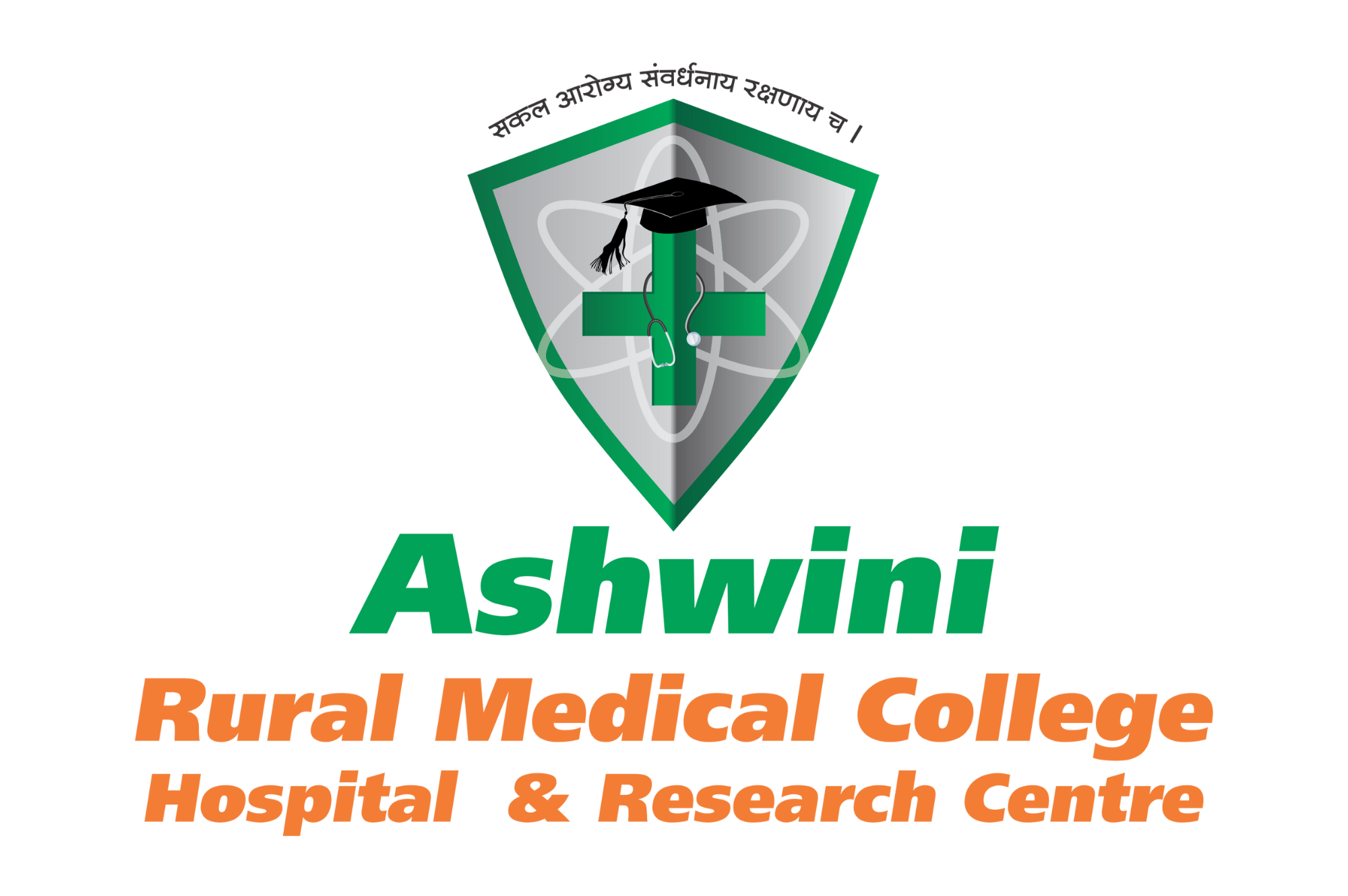Department of Anatomy
Exploring the Human Form and Function
- Objectives
- Facilities
- Departmental Activities
- Awards & Achievements
- Outreach programme
- Research Activities
- On-going Research projects
- Other Initiatives
- Value Added courses
- Body donation
Objectives
The Department of Anatomy is dedicated to imparting students with scientific knowledge about the human body’s structure. This knowledge serves as the foundation for various medical disciplines and professional practices. Students are guided to understand the rules, principles, and laws governing the body’s structure in relation to ontogeny, phylogeny, function, and environment. The study of human anatomy occurs primarily at the macroscopic level using a systematic approach, occasionally incorporating principles from embryology, histology, comparative anatomy, anthropology, and physiology.
Task & Competencies
The discipline of “Human Anatomy” focuses on developing a set of competencies outlined by specialty educational standards. At the end of the course, students are expected to:
|
|
|
|
|
|
|
|
|
Facilities
The Department of Anatomy is equipped with modern facilities to support comprehensive anatomical education. Our facilities include:
- Dissection Hall: A dedicated space for cadaveric dissection, enabling students to learn human anatomy through hands-on experience.
- Histology Laboratory: Equipped for the study of microscopic structures of tissues.
- Microscopy Equipment: Trinocular microscopes with cameras, LCD projectors, and monocular and binocular microscopes for detailed anatomical study.
- Specimen Collection: A wide range of specimens in embryology, neuro-anatomy, histology, and gross anatomy for comprehensive learning.
- Embalming Facility: Facility for body embalming to preserve cadavers for educational purposes.
Departmental Activities
|
|
|
|
|
|
|
Awards & Achievements
| Title of Research paper | Study of Mucin Histochemistry in Developing Human Gastric Mucosa from 12 To 37 Weeks of Gestation | Histological and Histochemical study of Human foetal submandibular gland in second trimester and third trimester |
| Authors | Gourishankar Ganga , P.G. Gaikwad | Basavaraj. B. Dhabale, Gaurishankar. M. Ganga, A.V. Angadi, Rajkumar. K.R. |
| Authorship | First | Second |
| Name of Journal | Journal Pub Health Med Res | Anatomica Karnataka |
| Year of Publication /Issue /Vol /Page No. | 2013;1(1):13-17 | 2013, (3) Vol-7,5-10 |
| ISSN No. | 2320-4958 | 2249-5398 |
| National/International | National | International |
| Indexing Agencies | Pubmed, Scopus | – |
Outreach programme
Laparoscopic hands on training for post graduate students in Surgery, OBGY, Orthopaedic, Ophthalmology and ENT. Laparoscopic dissection was done on soft embalmed body (Special Technique)
Research Activities
The Department of Anatomy actively engages in research. Our research areas include:
- Human variation in anatomy.
- Embryological development and anomalies.
- Anatomical education methodologies.
On-going Research projects
01) Anatomical study of the ostia venae hepaticae in Adults and Foetuses : Dr. Nilesh Bhosale
02) Comparison of awareness of body donation in medical and nonmedical faculty: Dr. Minakshi Kasegaonkar
03) Effectiveness of an early clinical exposure module in Anatomy for first year students : Dr. Shashikala Londhe
Other Initiatives
The Department of Anatomy plays a vital role in body donation awareness. We coordinate with families willing to donate cadavers, providing necessary assistance and expressing gratitude through thanksgiving letters. Additionally, we collaborate with Dehdan Samittee to facilitate the donation process.
We are dedicated to fostering anatomical knowledge, engaging in research, and promoting community awareness about the significance of body donation for medical education and research advancement.
Value Added courses
- Dissection skill of head and neck region.
- Cardaveric handson dissection training on soft embalb body for PG students in various dissection.
Body donation
The act of donation brings immense joy and satisfaction, as it allows us to extend our help to those in need. While alive, we strive to offer as much assistance as possible, and even after the end of our journey, we can continue to contribute through body donation.
Upon our demise, our mortal remains are typically cremated or buried, returning to the elements. However, an alternative exists in the form of body donation for educational purposes.
Anatomy serves as the foundation for aspiring medical professionals to understand the intricacies of the human body. Despite remarkable technological advancements, the creation of the human body from scratch remains beyond our capabilities. Therefore, donating our bodies for educational purposes can significantly aid in the education of future doctors.
PROCEDURE:
Download the form by clicking here: Body Donation Form
Fill out the form and make a photocopy.
Send the photocopy, along with an attached photograph, to the following address:
Department of Anatomy
Ashwini Rural Medical College, Hospital and Research Centre,
At Post: Kumbhari, Tal: South Solapur
Dist.: Solapur – 413006
Maharashtra
If you have not registered in advance, you can still bring the body for donation to the college.
However, a certified death certificate from a registered medical practitioner is mandatory.
Bodies without proper certification will not be accepted to prevent legal complications.
REQUIREMENTS:
- Only bodies with a natural death and multi-organ failure are considered suitable for donation.
- Eye donations should be conducted within four hours after death. After death, keep the eyes closed and place moist cotton over the eyelids.
- The body must reach our department within eight hours of death. In case of emergency, the institute provides transportation for the body.
- A certification of death is essential to avoid legal complications.
- Transport is available even on holidays or Sundays, as hospital services operate 24/7.
- Upon the body's arrival at the anatomy department, a body receipt certificate will be provided.


